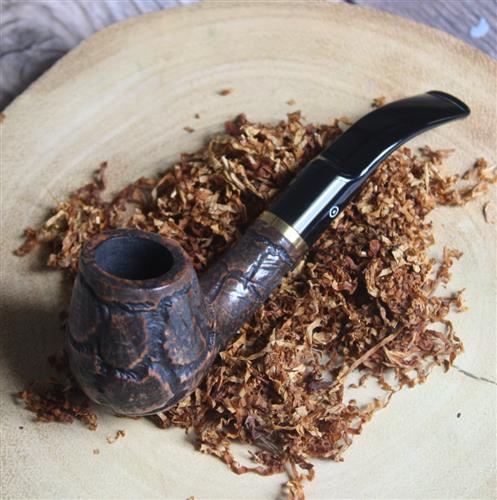Full Bent
Full Bent: Understanding the Components of a Cigar
Cigars are often described as an experience that engages all the senses, from the sight of the cigar's wrapper to the taste and aroma of the smoke. When reviewing a cigar, one of the key elements to consider is its harmony, or how well it balances all the components of the tasting experience.
The wrapper, binder, and filler tobaccos are the three main components that contribute to a cigar's flavor and strength. The wrapper is the visible outer layer, and it imparts much of the cigar's aroma and taste. The binder is the layer of tobacco that holds the filler in place, and it should complement the flavors of the filler. The filler is the core of the cigar, made up of a blend of different tobacco leaves that contribute to the overall taste and aroma.
The way these components are blended together can greatly affect the smoking experience. A cigar with a well-balanced blend will stimulate all parts of the tongue, providing a complex and enjoyable flavor profile.
Unique to Cigar Tobaccos (cont.)
Cigar Tobacco Seed (DAC Sub-types) (cont.)
Within the types of cigar tobacco, there are many sub-types based on the seed used and the growing conditions. Some sub-types include very little Cytoplasm Male Sterile (CMS) varieties, which are used for their high yield and resistance to disease. However, these varieties are not typically used for premium cigars due to their lack of flavor and aroma.
Farmers and suppliers may also have their own specific sub-types based on their growing practices and the soil in which the tobacco is grown. This diversity in sub-types contributes to the wide range of flavors and aromas found in cigars.
For new cigar enthusiasts, learning how to properly cut and light a cigar can be intimidating. But with some practice, it can become a relaxing and enjoyable activity. When cutting a cigar, it is important to use a sharp cutter and to avoid cutting too much of the cap, which can cause the wrapper to unravel.
When lighting a cigar, it is important to use a flame source that does not impart unwanted flavors, such as a butane lighter or a wooden match. Hold the flame to the foot of the cigar and gently puff to ensure an even burn.
But what about when you see a cigar labeled as "full"? This can refer to either the body or the strength of the cigar. The body refers to the cigar's overall flavor profile and how it feels in the mouth, while the strength refers to the amount of nicotine present in the cigar.
A full-bodied cigar has a rich and complex flavor profile that engages all parts of the tongue. It may also have a long finish, or aftertaste. A full-strength cigar has a high nicotine content, which can have a strong effect on the body. Understanding the difference between these two terms can help cigar lovers select cigars that suit their preferences.
In conclusion, understanding the components of a cigar and how they work together is key to enjoying the full experience. From the wrapper to the filler to the way it is cut and lit, every element contributes to the overall taste and enjoyment of the cigar. By experimenting with different blends and finding the perfect match for their preferences, cigar enthusiasts can continue to explore the rich and diverse world of cigars.
